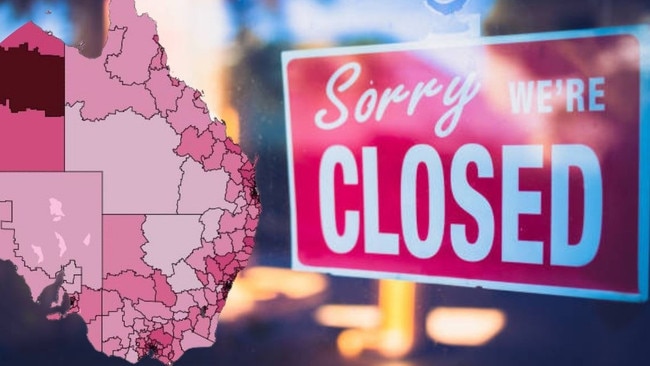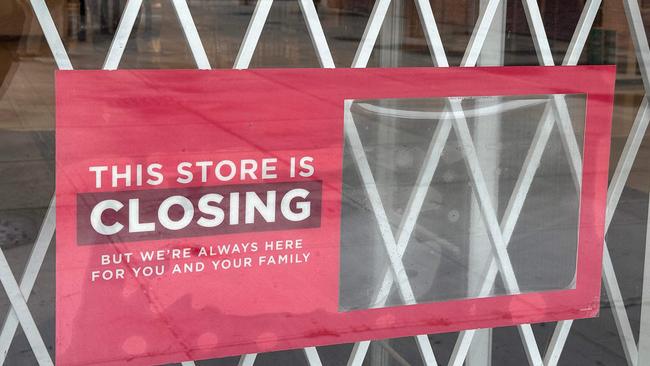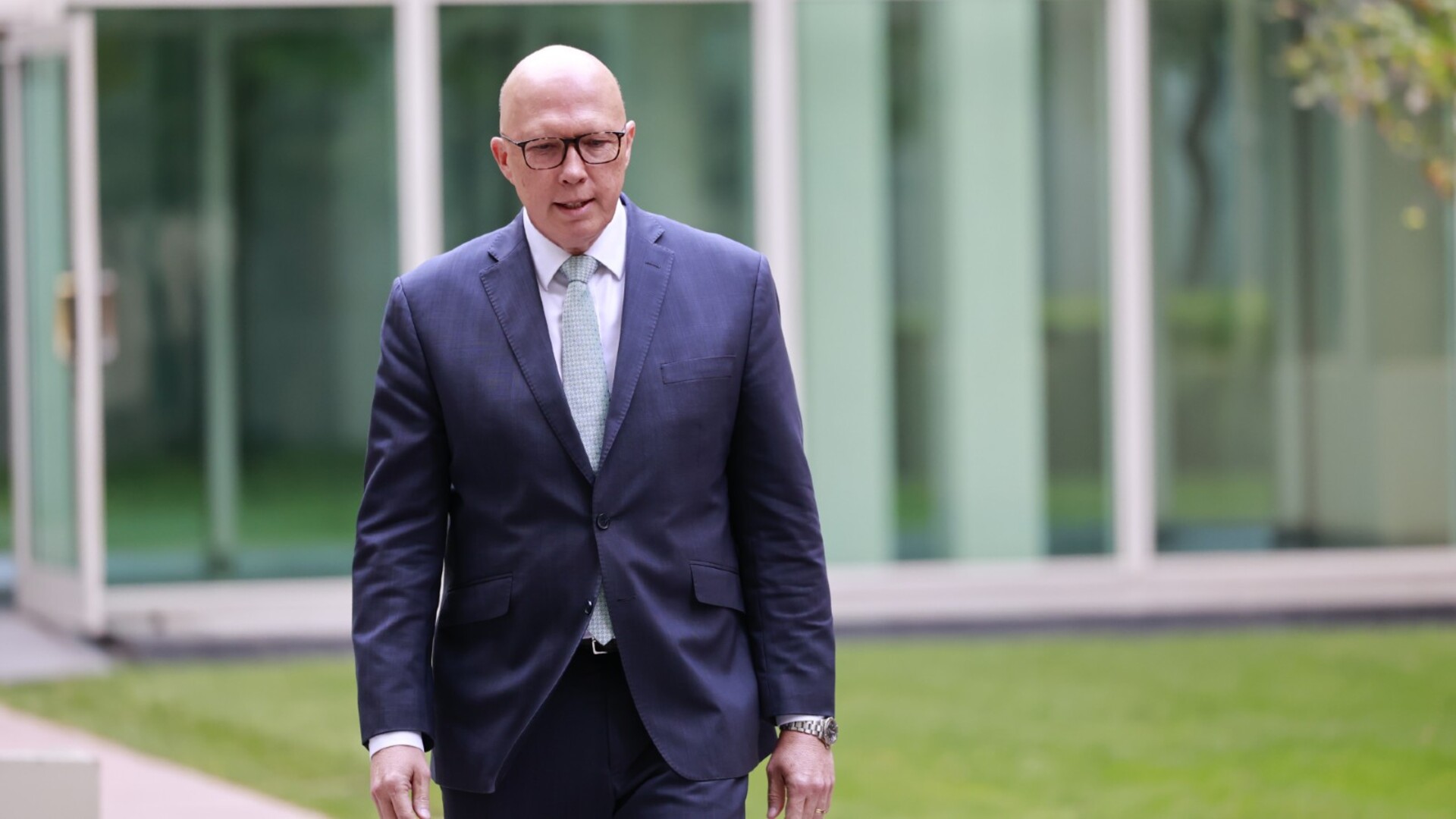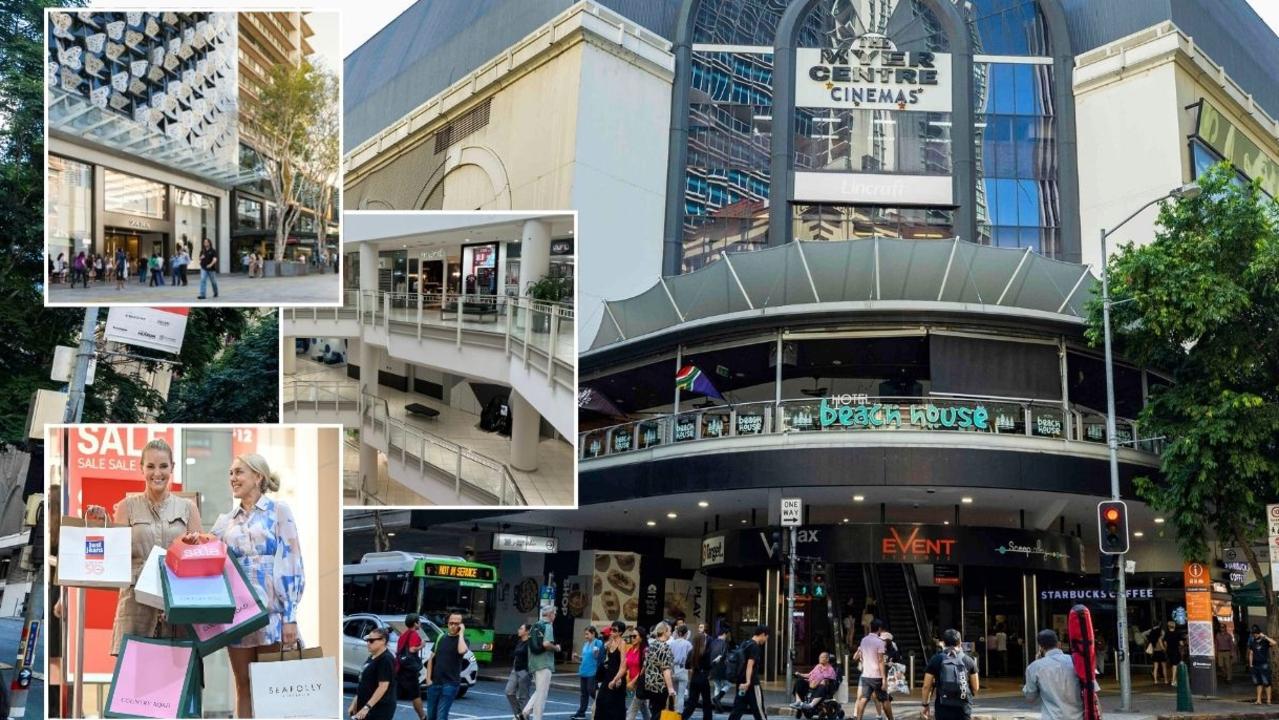Mapped: Most at-risk suburbs for business failure in ATO crackdown
The tax office is chasing thousands of businesses for debts, triggering a tsunami of collapses. It comes as the most at-risk Australian suburbs are revealed. See the map.

Business
Don't miss out on the headlines from Business. Followed categories will be added to My News.
Economic pressures including inflation, high interest rates and falling consumer spending are fuelling a rise in business failures across Australia, with western Sydney and the Gold Coast emerging as key hotspots.
It comes as the tax man is swooping on 30,000 businesses that have racked up $100,000 of debt or more - a major trigger for the tsunami of collapses currently unfolding.
The latest Business Risk Index from credit agency CreditorWatch reveals that the areas most vulnerable to business collapse are those reliant on discretionary spending and hardest hit by cost-of-living pressures.
CreditorWatch chief executive Patrick Coghlan said these regions also typically experience higher personal insolvency rates, lower-than-average incomes, and above-average rents and property prices.
“You can’t even really put one factor on it,” he said.
“Cost of living, property, social and economic challenges all combine. Consumers are spending less because they’re facing higher costs — just like businesses.”
Western Sydney accounts for six of the ten riskiest areas nationally.
Businesses in Bringelly-Green Valley face a forecast closure rate of 7.9 per cent over the next 12 months, followed by Merrylands-Guildford (7.8 per cent) and Canterbury (7.6 per cent).
“Western Sydney has long had high levels of small businesses and SMEs, which are more vulnerable to economic downturns, cash flow issues and rising input costs,” Mr Coghlan said.
“You’ve got small businesses under pressure, and at the same time, consumers with less money to spend due to housing costs — whether that’s rent or mortgages.”

Business-to-business invoice defaults jumped 42 per cent in March compared to a year earlier, a strong indicator of future insolvencies, which rose 17 per cent year-on-year in February.
In Queensland, Surfers Paradise and Ormeau-Oxenford have business default risks of 7.3 per cent, while Broadbeach-Burleigh sits at 7.2 per cent.
“Historically, the Gold Coast has been more volatile than other areas,” Mr Coghlan said. “Surfers Paradise relies heavily on tourism and hospitality, and coastal communities often see rising household debt as property prices and interest rates climb.”

Melbourne’s Brimbank region in the northwest recorded Victoria’s highest forecast business failure rate at 7.3 per cent.
Tullamarine-Broadmeadows and Melton-Bacchus Marsh also face elevated risks.
In South Australia, Port Adelaide – East stands out with a 6.5 per cent default risk — its highest in the state.
The Australian Taxation Office’s (ATO) return to normal debt recovery practices is also contributing to insolvency pressures.
Around 30,000 businesses now owe the ATO more than $100,000 in tax debts — a major driver of collapses in the past 18 months.

Jarvis Archer, a restructuring practitioner at Business Reset, said the ATO is now using enforcement tools — such as director penalty notices and garnishee orders — more frequently and earlier in the collection process.
“The ATO is moving from supporting struggling businesses to ensuring it isn’t last in line behind suppliers and creditors,” he said.
“Most of this debt isn’t a Covid hangover, but new debt from the past two years — reflecting tough trading conditions, reduced profitability and tighter cash flow.”

By contrast, South Australia’s Norwood-Payneham-St Peters recorded the nation’s lowest default risk at 4.5 per cent.
Unley followed at 4.8 per cent.
Other low-risk areas included Ballarat and the Yarra Ranges in Victoria, Townsville and Toowoomba in Queensland, and Ku-ring-gai on Sydney’s upper north shore (4.9 per cent).
“These areas have stable economic activity, lower volatility, and loyal local consumers who are often older, mortgage-free, and have more discretionary spending capacity,” Mr Coghlan said.
The food and beverage industry has been the hardest hit, with 9.4 per cent of businesses closing in the year to March — nearly double the national average of 5.3 per cent.
The construction sector also remains under strain from soaring material costs and high levels of tax debt.
More Coverage
Originally published as Mapped: Most at-risk suburbs for business failure in ATO crackdown





